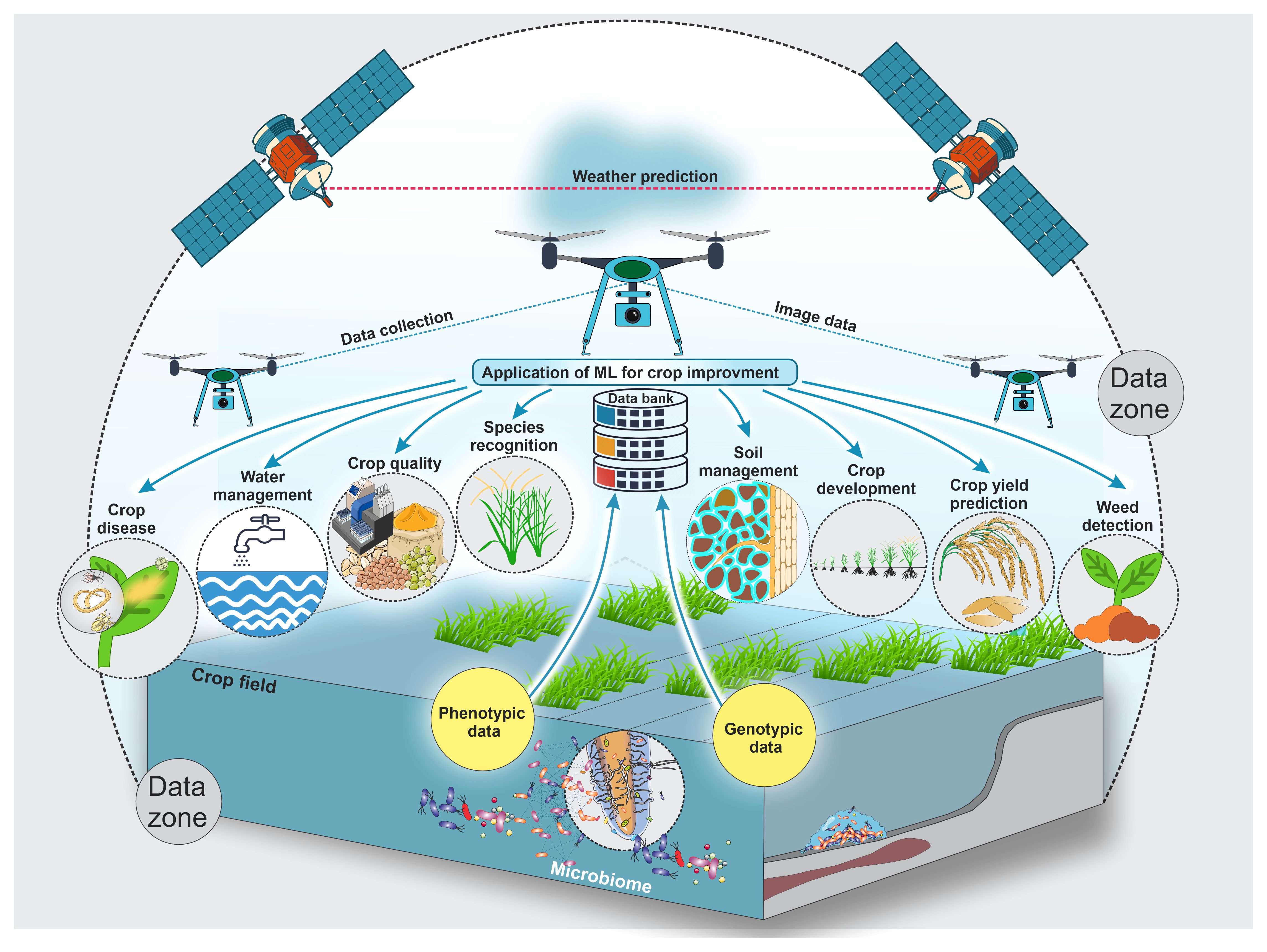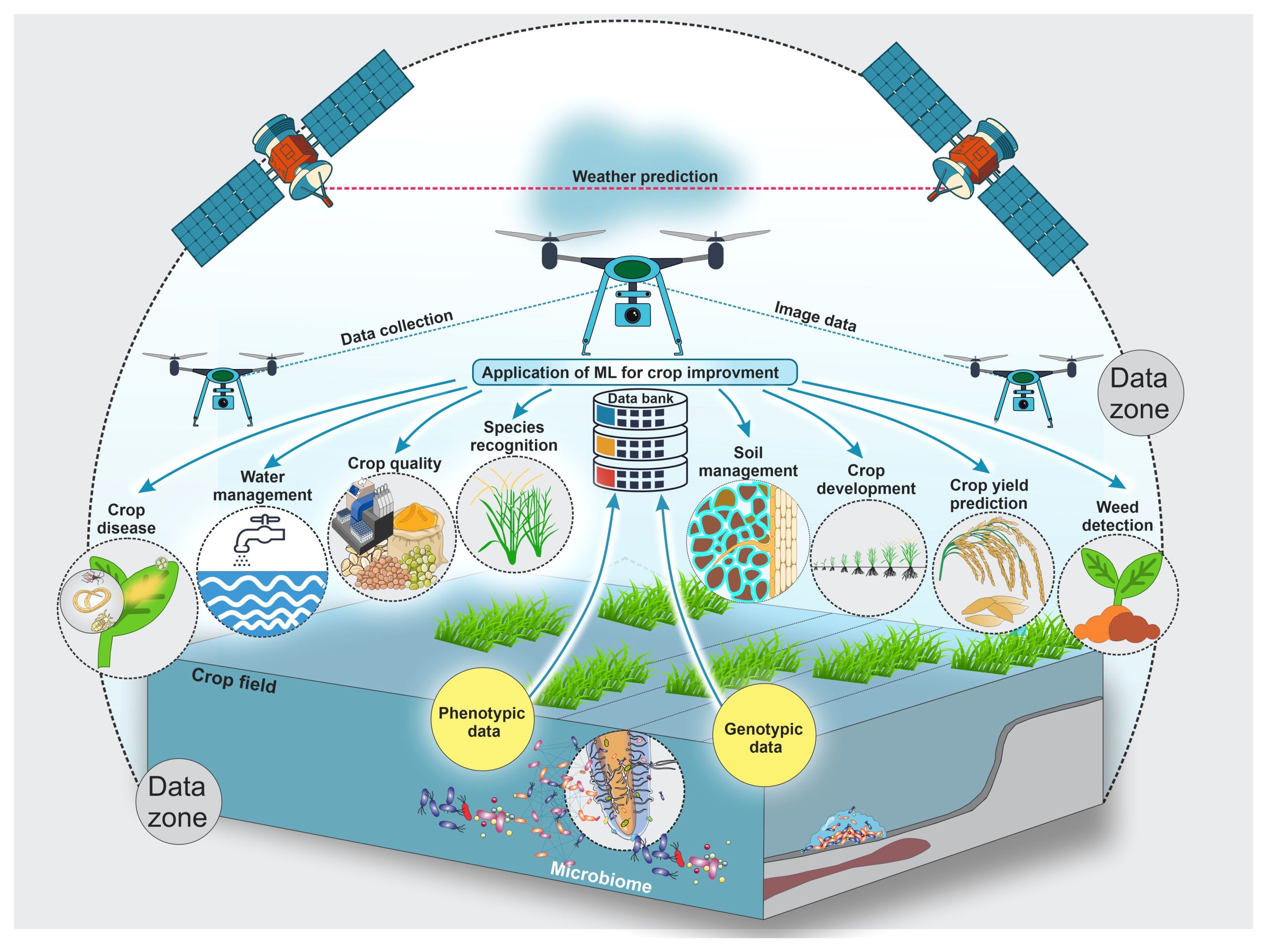
Open Science Essentials in 2 Minutes – Part 4: Preprints and Early Research Sharing
In the movement towards open science, researchers are now equipped with more resources than ever to share their work freely prior to formal publication. A fundamental resource in this process is the preprint.
What Constitutes a Preprint?
A preprint is a publicly accessible version of your scientific manuscript released before it undergoes formal peer review and is published in an academic journal. It serves as a complete draft of your research paper that can be shared with anyone, anywhere, often through your own website or—ideally—on a specialized preprint server like PsyArXiv (psyarxiv.com), which is endorsed by the Open Science Framework (OSF).
Preprint servers are commonly utilized in disciplines like physics and are increasingly recognized across various fields of research. These platforms not only enhance visibility but also assist you in finding additional contemporary work in your area.
Why Should You Share a Preprint?
1. Quicker Dissemination: Publishing in a journal may take months or even years. Preprints provide immediate access, facilitating easier reading, reviewing, and citation of your work by other scientists.
2. Enhanced Visibility and Citability: Preprints are indexed by platforms like Google Scholar. They contribute to your citation score and monitor the influence of your work even prior to journal publication.
3. Better Quality: Posting preprints allows peers to identify mistakes or propose enhancements before the final journal submission, ultimately leading to a more robust published article.
4. Public Access: Even after your paper appears in print, the preprint continues to be available online. This offers readers free access, which is particularly crucial when journal paywalls restrict availability.
What Occurs Once Your Paper Is Published?
When your manuscript is accepted and showcased in a journal, your preprint remains accessible as an open access edition. If you upload a manuscript version following acceptance that incorporates reviewer feedback (but before final typesetting), it is termed a postprint.
Navigating Copyright Issues
Most academic journals retain the rights to the typeset, published version of your article. However, you can still legally share a version with the same content but free from journal formatting. This allows you to disseminate your findings without violating copyright.
Will Preprints Diminish My Chances of Journal Publication?
Not at all—in actual fact, the majority of academic journals today specifically permit or encourage preprints (refer to this list of preprint-friendly journals). There are a few exceptions, so it’s prudent to verify specific journal policies on SHERPA/RoMEO.
Safeguarding Against Being Scooped
Rather than heightening your chances of being scooped, preprints can secure your intellectual priority. By time-stamping your research, preprints publicly document when your discoveries were completed. However, if your project is particularly sensitive or competitive, and you prefer total confidentiality prior to publication, you might opt to refrain from sharing the preprint.
When Should You Upload a Preprint?
– At the moment of initial submission to a journal
– After each subsequent journal submission (refresh your preprint)
– After final acceptance (producing a postprint)
What About Subpar Uploads?
Since there is no formal peer review for preprints, low-quality manuscripts can be submitted. Nevertheless, researchers are strongly incentivized to share only high-caliber work—after all, your scientific reputation holds immense value. Uploading inferior content jeopardizes your credibility and reliability.
Conclusion
Preprints are an essential aspect of open science, providing researchers a mechanism to share, enhance, and assert ownership of their work efficiently. They promote transparency, foster collaboration, and create a pathway for expanded access to scholarly knowledge in real-time. As the academic landscape grows increasingly open and interconnected, preprints are a crucial step toward a more fair and effective research ecosystem.
Further Reading in the Open Science Essentials Series:
1. Pre-registration
2. The Open Science Framework
3. Reproducibility
Useful Links:
– PsyArXiv: http://psyarxiv.com
– Journal Preprint Policies: Wikipedia Reference
– SHERPA/RoMEO: http://www.sherpa.ac.uk/romeo/index.php
– Mind Hacks Open Science Series: https://mindhacks.com
